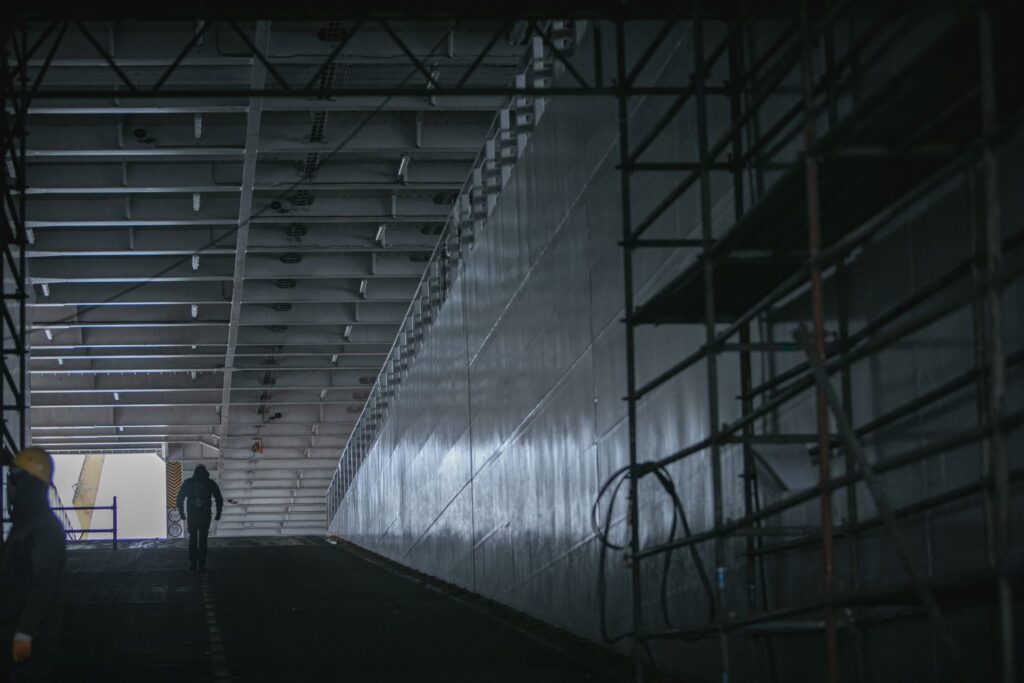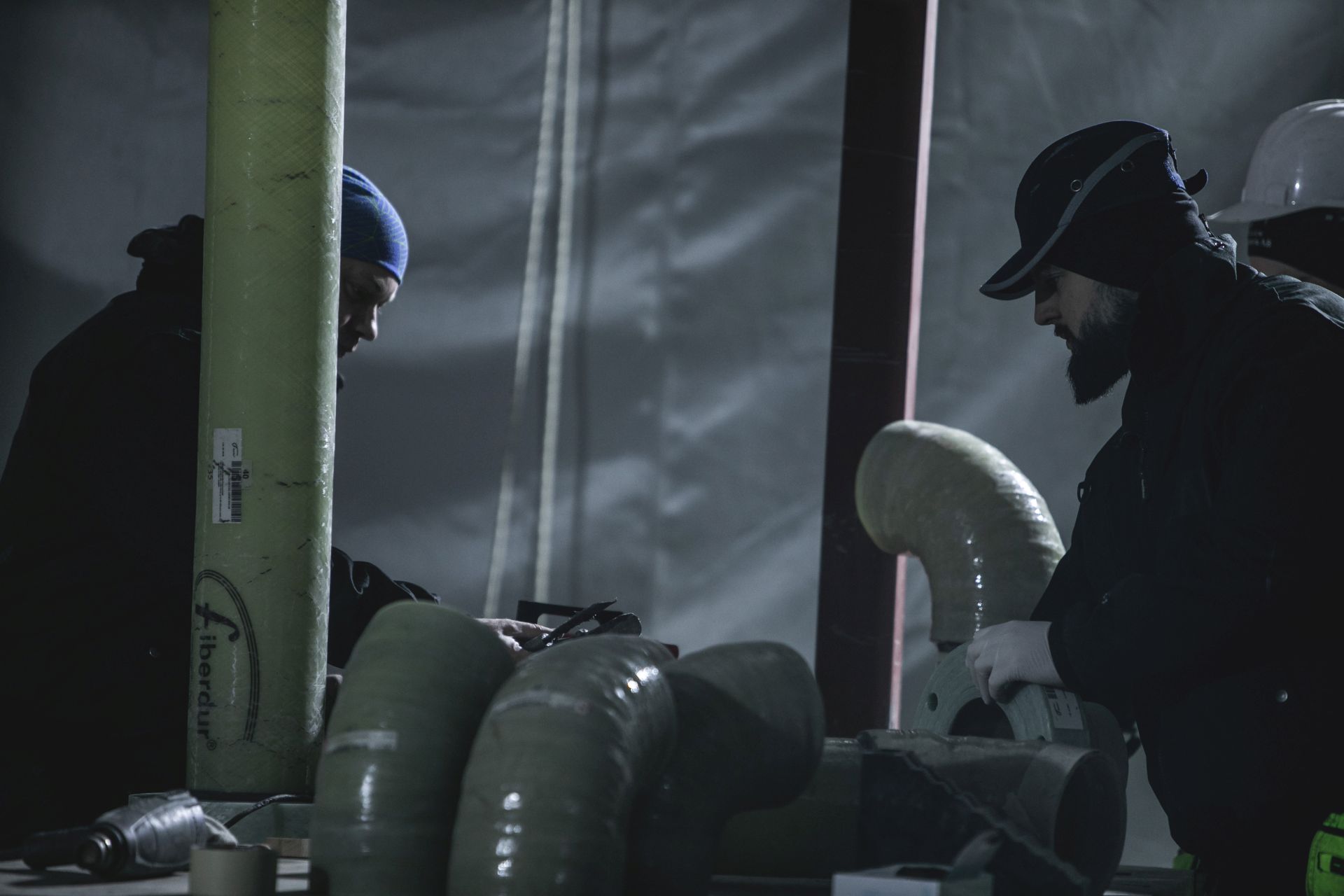Glass Reinforced Epoxy (GRE) pipes are increasingly being used in various industries due to their numerous benefits, such as high strength-to-weight ratio, corrosion resistance, and long lifespan.
The filament winding process is commonly used to manufacture GRE pipes, where glass fibers are wound onto a core pipe, and then epoxy resin is applied to the outside of the pipe. However, to ensure that the GRE pipes are fabricated to the highest quality, there are several key considerations to be made before, during, and after the fabrication process.
Before starting the fabrication process, it is essential to obtain approval for all project requirements and designs.
The design of a GRE pipe should be performance-based to ensure that it meets the specific needs of the project. This involves considering factors such as the expected operating conditions, fluid properties, and mechanical loads. The design process should also take into account any regulations or standards that the pipes need to comply with.
Another important consideration during the fabrication process is safety. GRE pipes must be designed and fabricated to withstand the environmental conditions they will be exposed to. This includes considering factors such as temperature, pressure, and chemical exposure. Moreover, the pipes must be designed with safety features that prevent failure, leakage, or any other potential hazards. This is especially critical in industries such as oil and gas, where any failure or leakage can have serious consequences for safety, health, and the environment.
The quality of the pipes is also a top priority during the fabrication process. This involves selecting high-quality raw materials, ensuring that the fabrication process is closely monitored and controlled, and performing rigorous quality control testing. Quality control testing should be performed at different stages of the fabrication process, such as testing the raw materials, testing the pipe components before and after fabrication, and performing hydrostatic testing on the finished pipes. By adhering to strict quality control standards, the fabricated GRE pipes will meet or exceed industry standards, ensuring their long lifespan and reliable performance.
In Delta Marine Services Scandinavia AB, we have extensive experience of working with GRE pipes, mainly for the maritime industry. Over the years, we have tested and evaluated various suppliers of raw materials and equipment and have selected Fiberdur as our preferred supplier. Fibredur offers high-quality raw materials and equipment that meet our stringent standards and allows us to fabricate GRE pipes of the highest quality.
In summary, the popularity of GRE pipes is due to their numerous benefits, including high strength-to-weight ratio, corrosion resistance, and long lifespan. However, to ensure that the pipes are fabricated to the highest quality, key considerations such as performance-based design, safety, and quality control must be made before, during, and after the fabrication process. In Delta Marine Services Scandinavia AB , we use Fiberdur as our preferred supplier GRE pipes because their pipes meet or exceed industry standards and our clients’ expectations.

